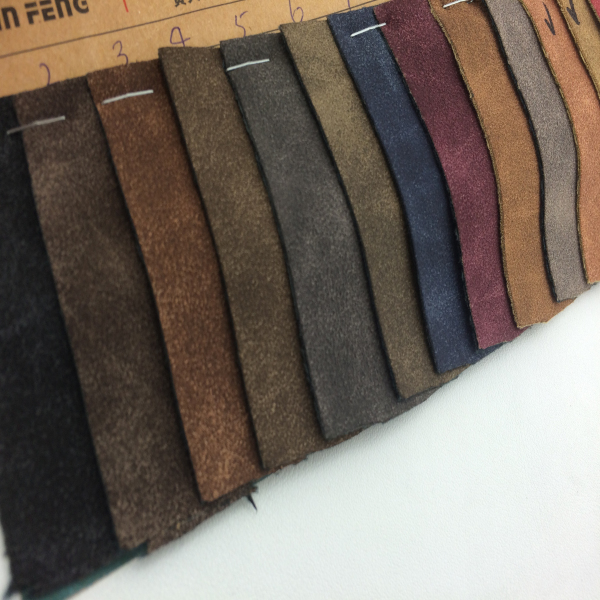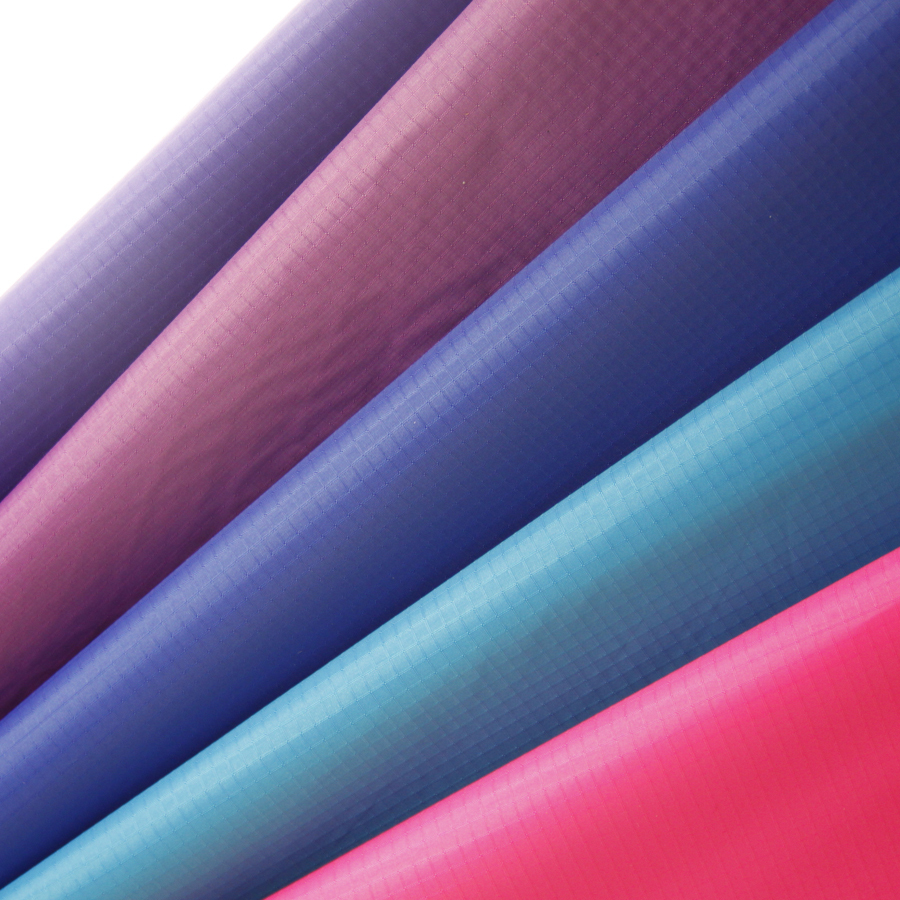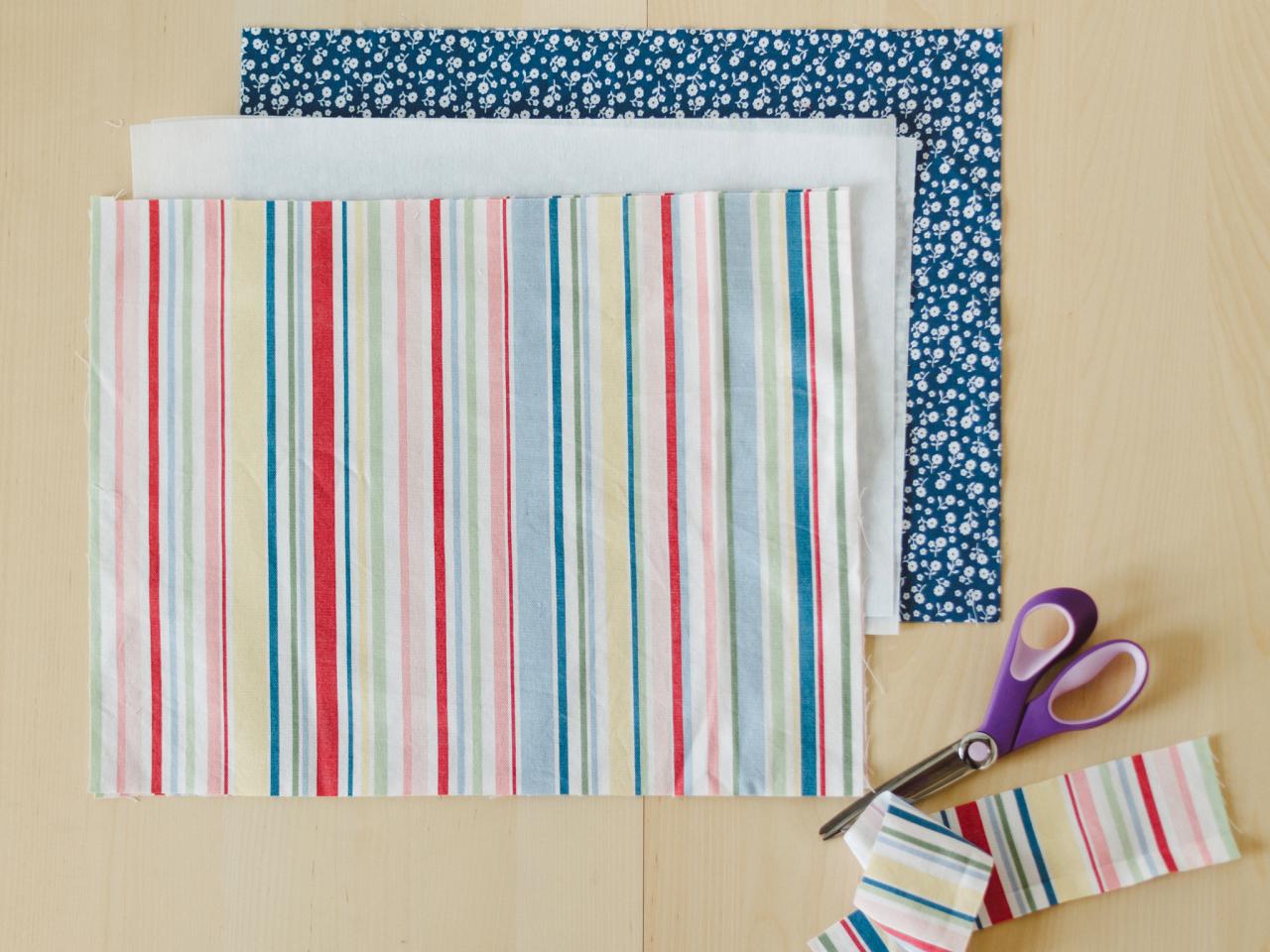Leather
Types of Leather
Cowhide Leather
Cowhide leather is a type of leather which originates from cow skin (hide). There are many different products that include cowhide leather, such as furniture, car seats, and luxury fashion items. Cowhide leather is considered to be the highest quality type of leather and it is the best choice of leather when buying a purse or handbag. This type of leather is very durable and gives off a very luxurious appeal. The texture of the leather should be noticeable and you should be able to feel the roughness of it pretty easily. Luxury fashion brands such as Louis Vuitton, Prada, and Gucci all use top quality cowhide leather for their products.
Faux Leather
Faux leather is not really a type of leather but many items that are marked as leather are actually made out of faux leather. This is artificial leather which can often provide a luxurious appeal that makes it seem to be just as high quality as cowhide leather. If you are experienced with leather goods then you can easily tell the difference. If the leather has no creases then it is a good indicator that the item is made of faux leather. There are benefits to faux leather products as well though, some are very durable, can look better than the cowhide leather alternative, and they are more affordable. Also, if you are against animal use for goods then you do not have to worry about the animal’s skin being used for your handbags.
Lambskin Leather
Lambskin leather is a type of leather which originates from sheep. This particular type of leather is appealing due to the soft texture that it features. The major downfall with this type of leather is that it is not very durable and it can easily be torn or deformed. Lambskin leather is definitely not a good choice of material to be used for handbags.
Patch Leather
Patch leather can be made of cowhide or lambskin leather. This type of leather is created with multiple smaller pieces of leather patched together as one piece. It is much more affordable than other types of leather. This type of leather can also be as high in quality as opposed to other cowhide leather. However, this type of leather is not a very common choice of material to make handbags.
Patent leather
Unlike standard leather, patent leather has a high glossy finish and comes in a wider variety of colors. A key advantage of this grade is that the cleaning requirement is minimal. The typical patent leather accessory is solid black. Patent leather is also virtually waterproof, while still retaining a flexible texture. Modern patent leather usually has a plastic coating, to boost endurance, since the glossy finish usually fades after prolonged use.
Leather that has not been sanded or split in any way is known as full-grain leather. Full grain and top grain leather are the two highest quality choices. Full-grain leather is usually manufactured from the best hides. As a result, it is the most expensive as well as the most durable of leathers. Corrected grain, buckskin, patent, and split leather are some other options that are relatively common but they are not as high quality.
Suede
Suede is a kind of leather with a smooth, velvety, surface. When manufacturers seek to produce more material out of a single hide, the leather can be separated into two or more layers, or "splits." Generally, suede is created from splits. Because it comes from a thinner piece of hide, suede is less durable than full-grain leather. The texture of the material is prone to damage from water and stains. Suede that is manufactured from full-grain leather however is known as "Nubuck" which is more durable and expensive.

Canvas

Nylon
Nylon is a polyester blend and is suitable to make handbags for both men and women. Nylon bags are very convenient to use and can be dyed numerous colors. Nylon bags are easy to wash. Even not as strong as leather, Nylon bags are still durable in its own definition. And, the best part is, the cleaning maintenance is also minimal.

Denim and other fabrics
Other fabrics like denim come in various colors and floral prints, and will last for years. These handbag materials are easy care and washable. The best handbag makers use 100% cotton threads, which are more authentic and versatile.
Nylon is a polyester blend and is suitable to make handbags for both men and women. Nylon bags are very convenient to use and can be dyed numerous colors. Nylon bags are easy to wash. Even not as strong as leather, Nylon bags are still durable in its own definition. And, the best part is, the cleaning maintenance is also minimal.

Denim and other fabrics
Other fabrics like denim come in various colors and floral prints, and will last for years. These handbag materials are easy care and washable. The best handbag makers use 100% cotton threads, which are more authentic and versatile.






